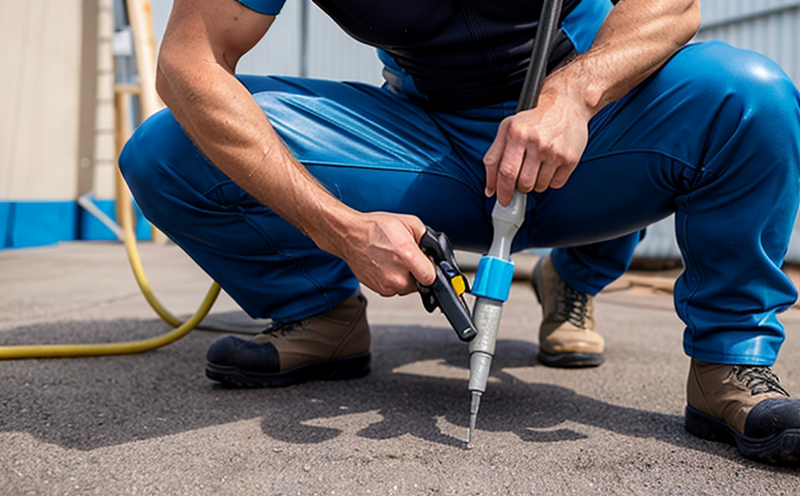Sealant and joint inspection
Sealant and joint inspections are critical in construction projects to ensure that joints between structural elements meet design specifications, enhance durability, and prevent water ingress or leakage. Sealants play a vital role in the integrity of buildings by providing protection against weathering, thermal expansion, and contraction. The inspection process involves detailed evaluation of the sealant's properties and its application within the joint.
These inspections are essential for ensuring compliance with international standards such as ISO 1167:2015 (Sealants in construction—General requirements) and ASTM D4539-18, which specify the performance criteria for sealants. The process begins with selecting an appropriate sealant type based on environmental conditions, load-bearing requirements, and aesthetic considerations.
The inspection process typically includes:
- Visual assessment of joint depth and cleanliness
- Evaluation of the sealant's elasticity and adhesion properties
- Measurement of bond strength using pull-off tests
- Color matching to ensure aesthetic consistency with surrounding materials
The choice of sealant is crucial, as it affects the longevity and performance of the structure. Factors such as temperature range, UV resistance, and flexibility must be considered when selecting a suitable product.
Sealants are often used in high-risk areas like roofs, walls, and floors where they serve to protect against moisture penetration and thermal stress. The inspection process ensures that these elements meet the required standards for durability and safety.
Industry Applications
| Application Area | Description |
|---|---|
| Roofing and Waterproofing | Sealants are used to create a barrier against water penetration in roofing systems, ensuring long-term protection. |
| Masonry Walls | Sealant joints between masonry blocks prevent moisture from compromising the integrity of the wall structure. |
| Flooring and Waterproofing | Sealants are applied to floor joints to create a watertight barrier, enhancing the durability of the flooring system. |
| Facade Systems | Sealant joints in facade systems ensure that they remain weatherproof and protect against environmental factors. |
Eurolab Advantages
Eurolab offers comprehensive sealant and joint inspection services, leveraging advanced instrumentation and expertise to ensure the highest quality standards. Our team of professionals is dedicated to providing accurate and reliable results that meet or exceed international specifications.
- State-of-the-art testing facilities
- Certified inspectors with extensive experience
- Accurate data analysis for precise results
- Comprehensive reporting tailored to your needs
Customer Impact and Satisfaction
Eurolab's sealant and joint inspection services have a significant impact on the quality of construction projects, ensuring that they meet or exceed international standards. This contributes to customer satisfaction by delivering reliable products and services.
- Achieving compliance with ISO 1167:2015
- Enhancing project longevity through robust sealant joints
- Reducing maintenance costs due to superior joint integrity
- Boosting client confidence in the quality of workmanship





